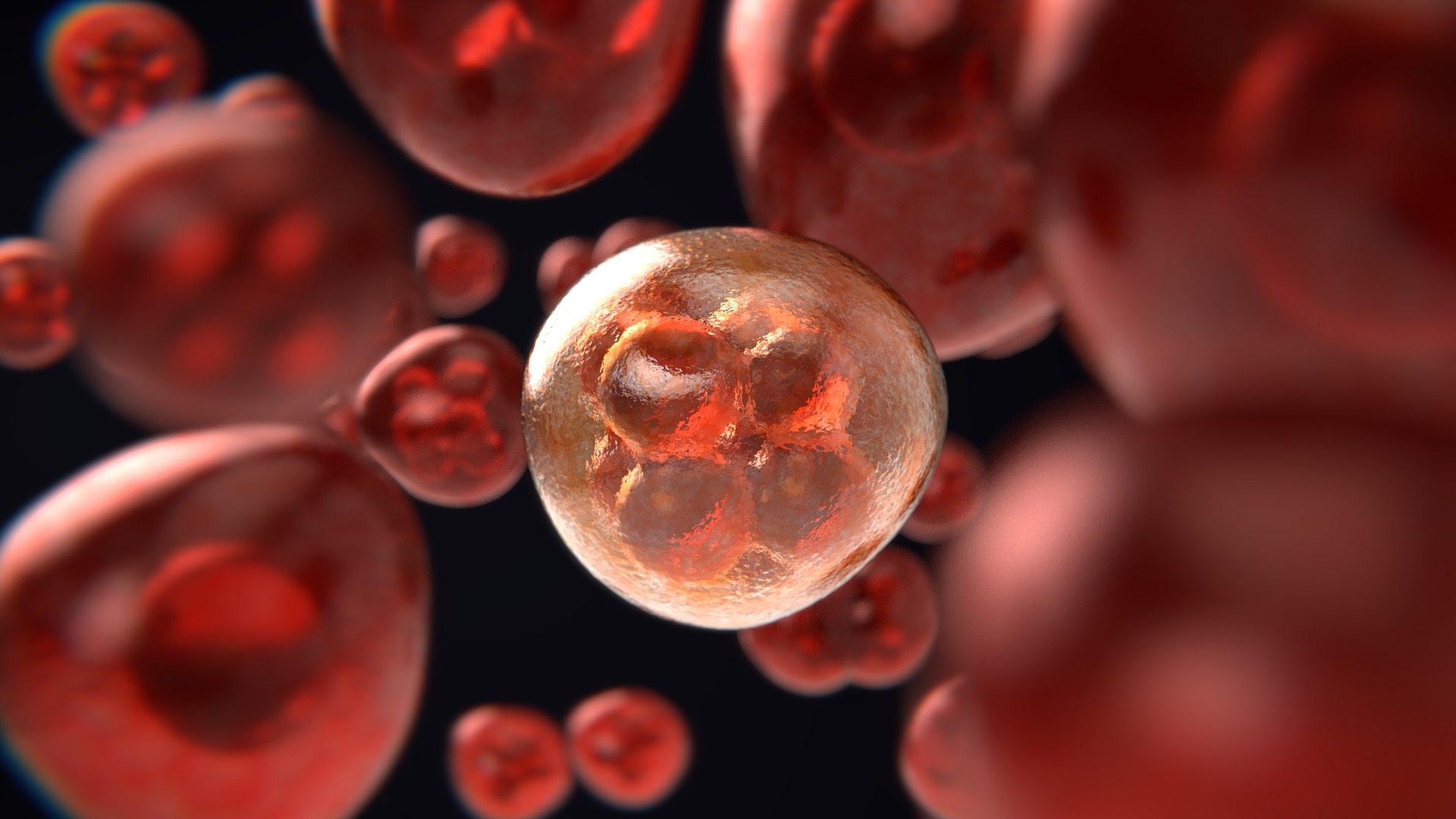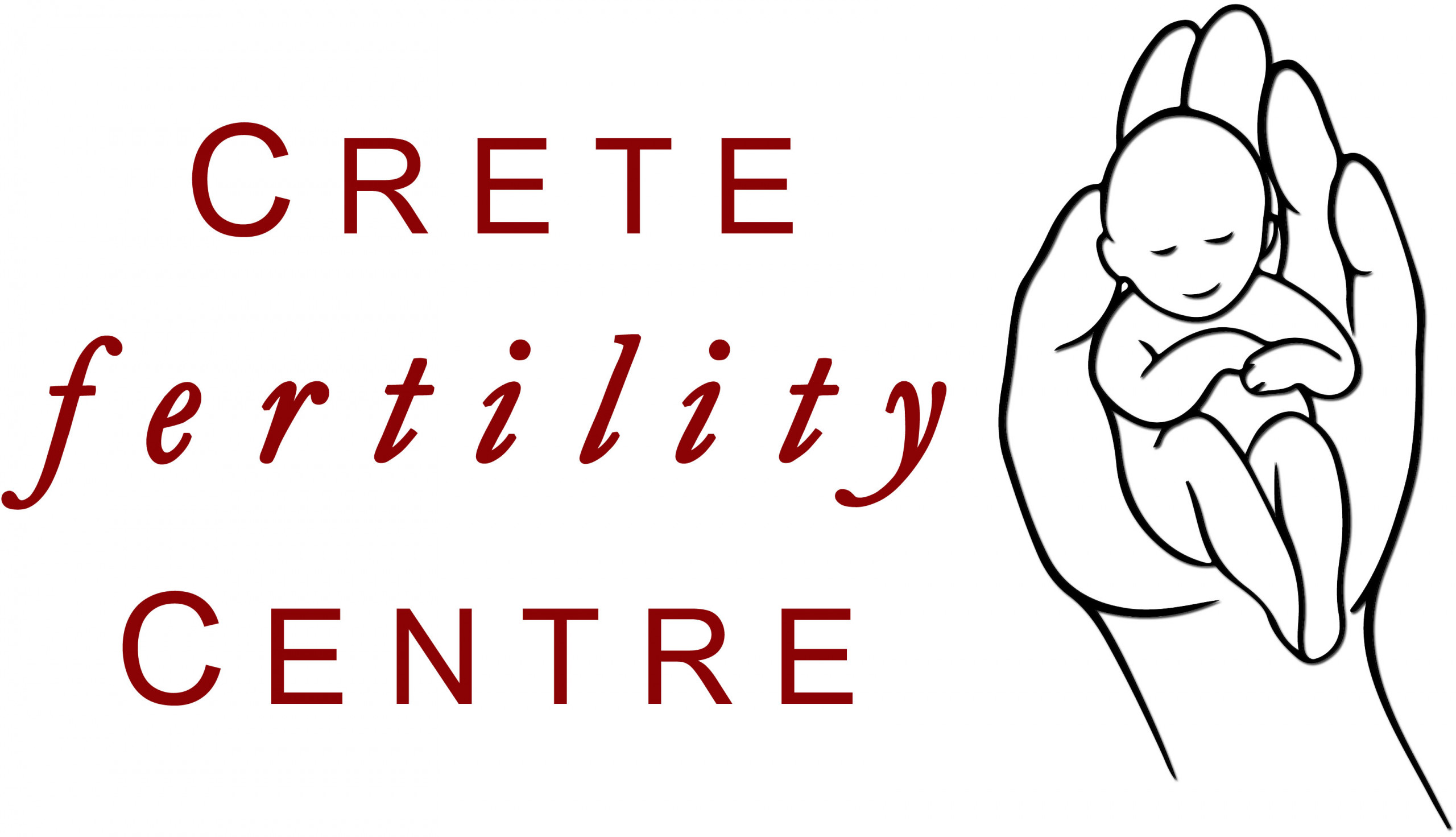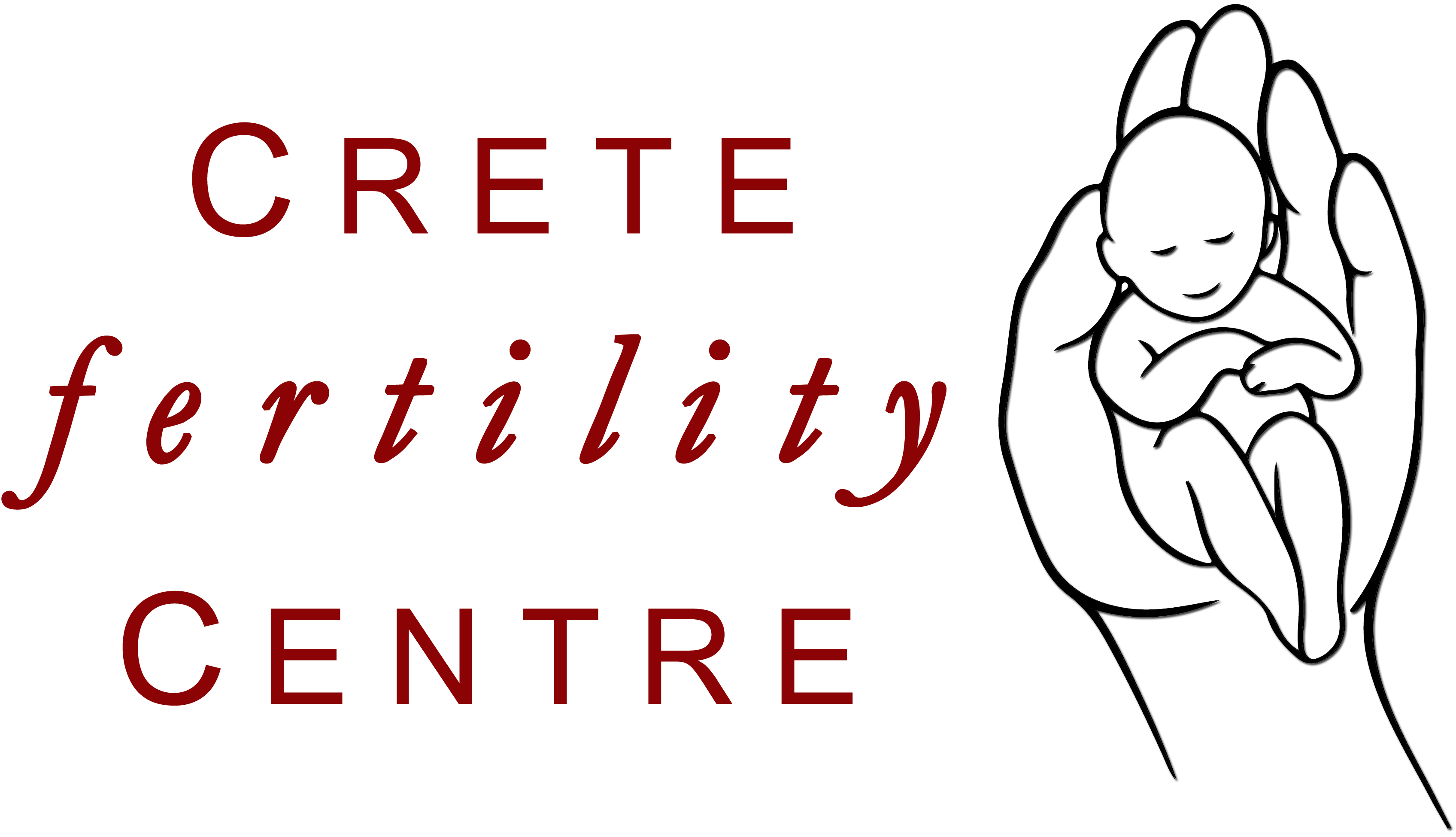A Review on Stem-cell Therapy for Premature Ovarian Insufficiency

Stem cell therapy is attracting attention in the field of regenerative medicine and is advancing rapidly. Many recent studies have applied stem cell therapy to treat reproductive system diseases; however, data are not yet available as to whether this therapy shows enhanced therapeutic effects. This article reviews recent preclinical studies on stem cell therapy for ovarian dysfunction in several types of animal models. Several clinical trials and pending projects are also discussed. This review will provide a background for developing stem cell therapies to enhance ovarian function.
Stem Cells in Ovarian Dysfunction
The capacity of stem cells to differentiate into particular tissues and self-renew is what makes them special. They fall into two categories: multipotent and pluripotent. Like embryonic stem cells (ESCs), pluripotent stem cells are capable of differentiating into any cell, but they also carry a danger of cancer and ethical issues. To get around ethical concerns, mesenchymal stem cells (MSCs) and induced pluripotent stem cells (iPSCs) are utilized as substitutes. While MSCs are obtained from a variety of tissues, including bone marrow and the umbilical cord, they are preferred for their versatility and lack of ethical problems. iPSCs are reprogrammed from specialized cells.
Stem Cells in Degenerative Diseases
Several studies have examined the therapeutic benefits of stem cells in animal models of degenerative diseases, which has resulted in ongoing clinical trials. Less research has been done on their involvement in reproductive disorders, specifically premature ovarian insufficiency (POI). POI, a disorder that causes an early loss of ovarian function, is frequently brought on by surgery or chemotherapy. The promise of stem cell therapy in treating POI-related infertility is studied in animal models, which include aged or surgically changed models, as well as models with chemically induced ovarian failure.
Clinical Trials: The Prospects for the Future
Stem cell therapy for ovarian dysfunction has been studied in a number of animal models in recent preclinical investigations. The therapeutic effectiveness of stem cells in this field is still up for debate despite encouraging results because of discrepancies in animal models and the distinctions between humans and animals. In discussing recent clinical trials and projects, this essay emphasizes the significance of creating stem cell therapies to enhance ovarian function and perhaps treat POI-related infertility.
Conclusion
It is clear that POI may be treated with stem cell therapy. Numerous ovarian functions, including folliculogenesis, the GC apoptotic rate, vascular development, and genetic stability, are positively impacted by stem cells and their exosomes, which contain material like miRNAs. Further research is necessary to assess the therapeutic mechanism of action of stem cells, establish a standard for quality control in clinical application, and create regulatory frameworks to guarantee patient safety, as stem cells represent a viable new therapeutic approach for the eventual treatment of ovarian dysfunction.
Crete Fertility Centre offers stem cells treatments related to avarian rejuvenation and infertility with great success.




